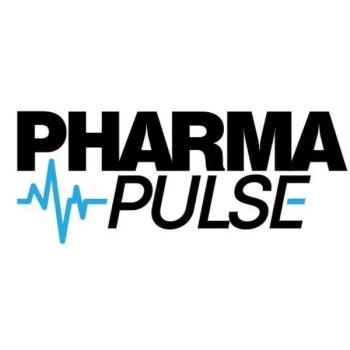
House subcommittee airs out serialization issues during PDUFA discussions
Hearing is unofficial coming out of Pharmaceutical Distribution Security Alliance
The Energy and Commerce Health Subcommittee held a hearing on March 8, with the title of “FDA User Fees 2012 Hearing on Issues Related to Accelerated Approval, Medical Gas, Antibiotic Development and Downstream Pharmaceutical Supply Chain,” and therein lies a potential problem all by itself: as more and more pieces of legislation get attached to the reauthorization of the Prescription Drug User Fee Act (PDUFA), there is a concern that it could upset the timing of the law’s reauthorization, which is essential to FDA funding in the new fiscal year starting Oct. 1. “The User Fee add-ons are a long line,” warned Henry Waxman (D-CA), minority member of the subcommittee, going on to say that if the complexity of negotiating these add-ons mounts, they might be put aside for the time being.
The hearing—which was one of many that have been, and will be held leading to a vote on PDUFA—focused mostly FDA policies for reviewing drugs and how antibiotic development is conducted; at the same time, some of the subcommittee members wanted to revisit earlier discussions of drug shortages and drug diversion. Representatives from the GPhA, HDMA and the National Community Pharmacists Assn. identified themselves as members of the Pharmaceutical Distribution Security Alliance, previously known simply as “the Consortium” organized specifically to reach consensus on end-to-end track-and-trace rules, pedigree and serialization. (The lead organization in this alliance is apparently PhRMA, which is listed on
The news, such as it is, is that these organizations have united around a proposed track-and-trace standard (see next item), and hope that by coming to Congress with one plan, they can gain acceptance of a national standard (thus superseding the California e-pedigree program, set to go into force in 2015). Not coincidentally, the consensus would also provide a meaningful way for these diverse parts of the drug supply chain to work with each other. But even in coming to this committee, the Alliance is still having trouble sticking together: NACDS, in its statement, said that is supports “many” (i.e., not “all”) of the Alliance recommendations, and is “providing recommended edits to the alliance’s policy Discussion Draft.”
Newsletter
Stay ahead in the life sciences industry with Pharmaceutical Commerce, the latest news, trends, and strategies in drug distribution, commercialization, and market access.




